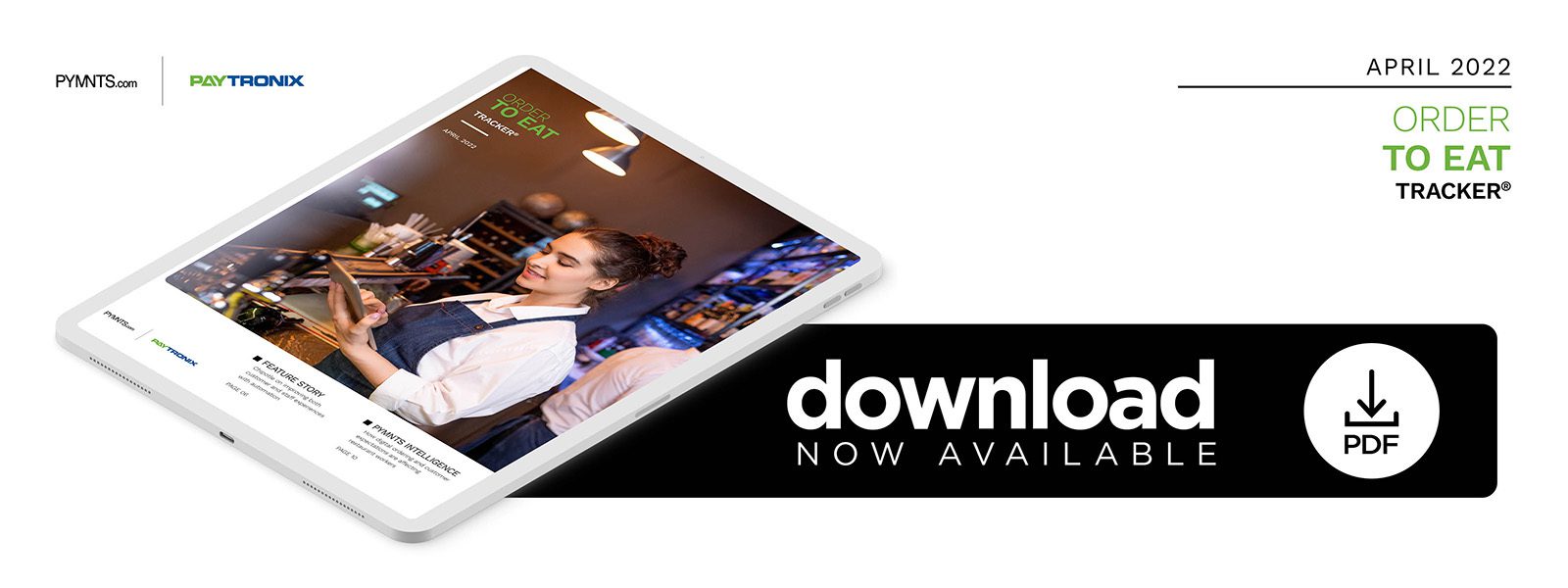Chipotle on Improving Both Customer and Staff Experiences With Automation

Staffing shortages challenge quick-service restaurants to meet a growing volume of digital orders and the return of on-site diners. In the “Order to Eat Tracker,” Chipotle’s Karla Fiske explains how restaurant chains use automation to run their kitchens more efficiently and shift staff to higher value activities.
Almost overnight, the pandemic caused a shift in consumers’ dining habits that forced restaurants to retool their service options.
Diners who once enjoyed meals on-site became drive-thru or takeout customers, and third-party delivery platforms thrived as customers chose no-contact service to their doorstep.
The ability to quickly pivot operations was a lifeline for restaurants’ survival, but they are once again faced with a challenge: getting customers back into their dining rooms while continuing to fulfill the needs of customers who have grown to prefer ordering and paying for their food digitally.
The increase in digital traffic can mean sizable revenue boosts, but as digital orders continue to pour in, front- and back-of-house staff are now challenged with handling high volumes of digital orders alongside in-store ones. Recent labor shortages within the industry have added to these challenges. It is a problem that once again has restaurants looking for solutions, and chains are experimenting with anything they can to not only keep the experience frictionless and fulfill orders at the same speeds, but also make it easier for staff to do their jobs efficiently.
Chipotle Mexican Grill is one fast-casual restaurant that is working to invest in its staff and digital technologies to help smooth this transition in ordering behaviors.
“Challenges throughout the pandemic for our crew [have been] around ensuring that we’re staffed to the best of our abilities and supporting our customers, and in so doing we continue to make investments into how we are operating in both front of house and our digital kitchens,” said Karla Fiske, the company’s director of digital customer experience product management.
The Automation of Kitchen Operations
Chipotle, along with many other high-volume restaurants, has begun trialing automated processes in its operations, including incremental order pickup times that customers can schedule via mobile apps. This allows management to delegate employees to fulfillment tasks depending on order volume at any one time. When in-store volume is higher, staff can focus on those orders while serving mobile customers with 10-minute pickup increments.
Additionally, machine learning (ML) and artificial intelligence (AI) are being implemented into mobile apps and in-store ordering kiosks as digital self-service channels to help answer customer questions, resolve issues and allow busy staff to focus on other priorities. For example, Chipotle launched its “concierge bot” Pepper, which can greet and assist customers, during the summer of 2020.
“It is really a conversational platform for us, supporting our guests and really fostering brand engagement,” said Fiske. “At Chipotle, we believe that the power of computer and digital ordering is in your phone, and so we continue to invest in the digital experiences that are handheld right at your own privacy and convenience.”
Robotics technology is increasingly being tested in restaurant kitchens to take repetitive, mundane and time-consuming tasks out of the hands of staff members, allowing them to interact with customers instead. This past March, Chipotle partnered with California firm Miso Robotics to test a kitchen robot named Chippy that uses AI to memorize recipes, allowing it to cook up the chain’s signature chips.
The move is part of a hybrid approach that Fiske calls “co-botics,” or using automation to support crew members so they can spend more time on customer interaction and other important fulfillment tasks.
The Future of Restaurant Automation
Looking ahead at the “new normal” of fast-casual dining, it is likely to remain a hybrid of diners who prefer the on-premises dining experience and those who enjoy the speed and convenience of ordering on a mobile device for pickup or delivery.
Restaurants will need to seek ways to quickly meet the demands of both types of customers while offering perks to entice long-term loyalty from their staff. Chipotle offers benefits such as tuition assistance, internal promotions and advancement pathways that can have crew members promoted within three years to general manager positions, among other benefits.
As for automation, Fiske said that restaurants will have to walk the line between using automated processes to make operations more efficient while not making it overly complicated or alienating customers.
“For us, simple, frictionless and personal applies as well to automation,” she said. “I think it needs to be a level of automation that enhances and does not seem overly complex. I think automation is still in the early days, and we continue to want to gain insights and information and learn.”
The future success of fast-casual restaurants may rest on the industry’s ability to automate tasks that allow them to do what they do best — serve hungry guests with a smile and no hassle.
